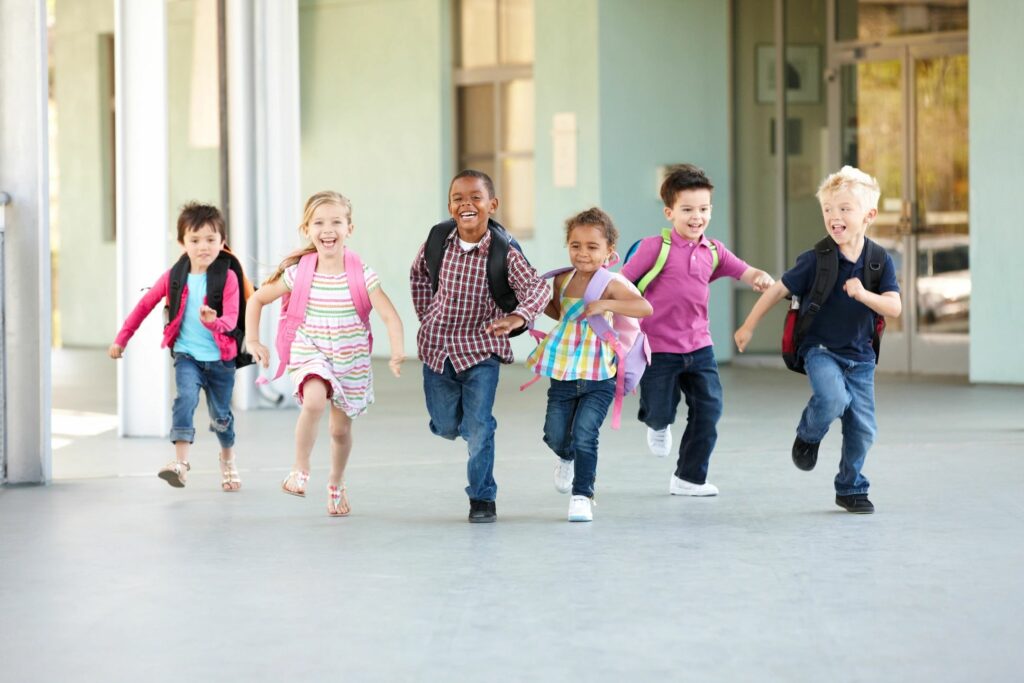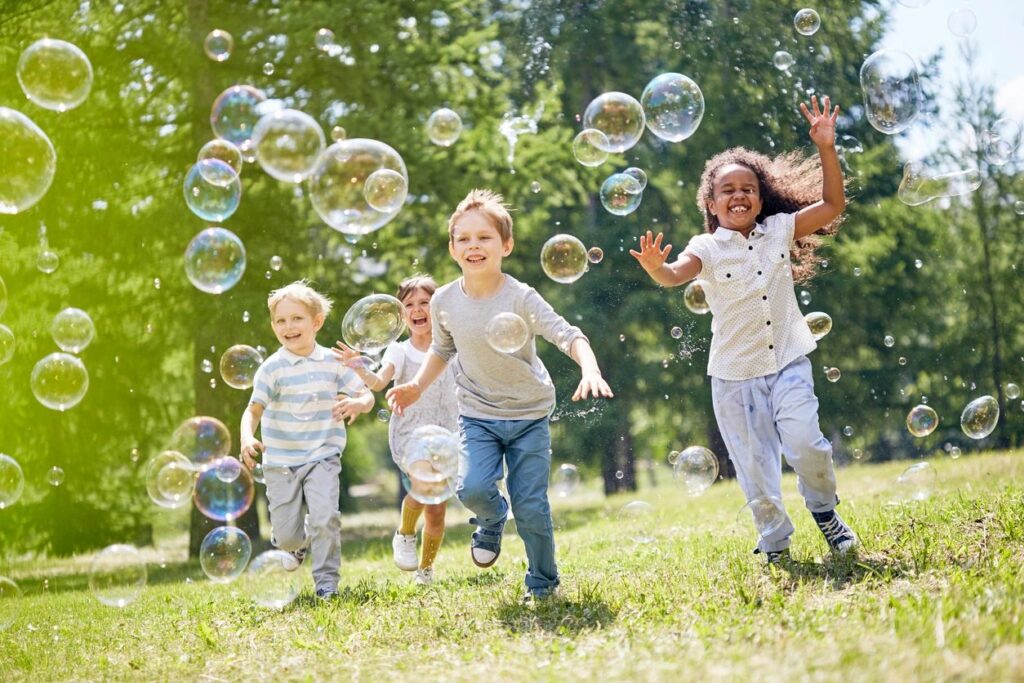What is mindfulness?
“Mindfulness is: the awareness that emerges through paying attention on purpose, in the present moment, and nonjudgmentally to the unfolding of experience moment by moment.” –Jon Kabat-Zinn (2003) 1
What is Mindfulness…And What Does It Mean to You? by Melissa O’Brien
Just Breathe: Kindergarteners describe using mindfulness to calm powerful emotions.
AnneMarie Rossi (Mindfulness Educator) talks about the importance of teaching mindfulness in schools.
*The information and links provided in this website are intended to provide helpful resources and information on the topics discussed. The website is not meant to be used, nor should it be used, to diagnose or treat any medical or mental health condition. For diagnosis or treatment of any medical or mental health problem, consult your physician. The author does not assume care or responsibility for any specific health or mental health needs that may require the supervision of a medical or mental health professional and is not liable for any damages or negative consequences from any treatment, action, or application of the information contained in the website to any person accessing the contents therein. References and links are provided for informational purposes only and do not constitute endorsement of any websites or other sources. Users should be aware that website content from linked websites could change.
References
- 1 Kabat-Zinn, J. (2003). Mindfulness-based interventions in context: Past, present, and future. Clinical Psychology-Science and Practice, 10(2), 144-156. doi:10.1093/clipsy/bpg016
- 2 Ortiz, R., & Sibinga, E. (2017). The role of mindfulness in reducing the adverse effects of childhood stress and trauma. Children, 4(3), 16.
- 3 Bethell, C., Gombojav, N., Solloway, M., & Wissow, L. (2016). Adverse Childhood Experiences, Resilience and Mindfulness-Based Approaches: Common Denominator Issues for Children with Emotional, Mental, or Behavioral Problems. Child and adolescent psychiatric clinics of North America, 25(2), 139–156. doi:10.1016/j.chc.2015.12.001
- 4 Perou, R., Bitsko, R., Blumberg, S., Pastor, P., Ghandour, R., Gfroerer, J, …Huang, L. (2013). Mental health surveillance among children: United States, 2005-2011. Centers for Disease Control and Prevention: Morbidity and Mortality Weekly Report Supplements 62(02), 1-35. Retrieved from: https://www.cdc.gov/mmwr/preview/mmwrhtml/su6202a1.htm?s_cid=su6201a2_w
- 5 California Department of Education. (2018). CalSCHLS Data Dashboard. Retrieved from https://calschls.org/reports-data/dashboard/
- 6 Coles, M., Ravid, A., Gibb, B., George-Denn, D., Bronstein, L., McLeod, S. (2016). Adolescent mental health literacy: Young people’s knowledge of depression and social anxiety disorder. Journal of Adolescent Health, 58(1), 57-62. doi: 10.1016/j.jadohealth.2015.09.017
- 7 Fox, K., Nijeboer, S., Dixon, M., Floman, J., Ellamil, M., Rumak, S. . . . Christoff, K. (2014). Is meditation associated with altered brain structure? A systematic review and meta-analysis of morphometric neuroimaging in meditation practitioners. Neuroscience and Biobehavioral Reviews, 43, 48-73. doi: 10.1016/j.neubiorev.2014.03.016
- 8 Gotink, R., Meijboom, R., Vernooij, M., Smits, M. & Hunink, M. (2016). 8-week mindfulness based stress reduction induces brain changes similar to traditional long-term meditation practice – A systematic review. Brain and Cognition, 108, 32-41. doi: 10.1016/j.bandc.2016.07.001
- 9 Kallapiran, K., Koo, S., Kirubakaran, R, & Hancock, K. (2015). Review: Effectiveness of mindfulness in improving mental health symptoms of children and adolescents: a meta-analysis. Child and Adolescent Mental Health 20(4). 182-194.
- 10 Bergen-Cico, D., Razza, R., & Timmins, A. (2015). Fostering self-regulation through curriculum infusion of mindful yoga: A pilot study of efficacy and feasibility. Journal of Child and Family Studies 24:3448–3461. doi 10.1007/s10826-015-0146-2
- 11 Harpin, S., Rossi, A., Kim, A., & Swanson, L. (2016). Behavioral impacts of a mindfulness pilot intervention for elementary school students. Education, 137(2), 149-156.
- 12 Waters, L. Barsky, A., Ridd, A, & Allen, K. (2014). Contemplative education: A systematic, evidence-based review of the effect of meditation interventions in schools. Educational Psychology Review, 27(1), 103-134. doi: 10.1007/s10648-014-9258-2




